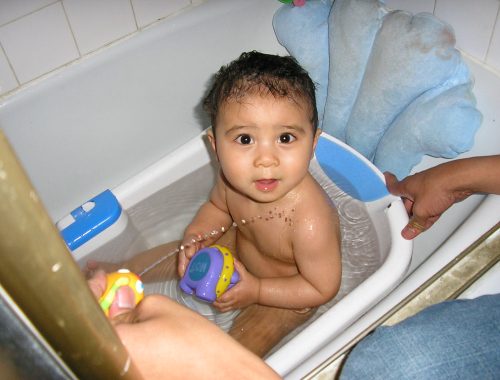
Safeguarding Our Little Ones: A Comprehensive Guide to Major Childhood Diseases
Safeguarding Our Little Ones: A Comprehensive Guide to Major Childhood Diseases
As parents, ensuring the health and well-being of our children is a top priority. Understanding the major childhood diseases and knowing how to care for our kids in times of illness can help us navigate through these challenging times. In this article, we will explore some of the common childhood diseases, their symptoms, prevention measures, and when to seek medical attention. Let’s dive in and equip ourselves with the knowledge needed to protect and care for our little ones.
Section 1: The Common Cold: Sniffles and Sneezes
The common cold is a prevalent illness among children, causing symptoms such as a runny nose, cough, and mild fever. While there is no specific cure, we can provide comfort and relief through measures like ensuring adequate rest, maintaining hydration, using saline nasal drops to ease congestion, and utilizing over-the-counter cough and cold medications designed for children. Practicing good hand hygiene and keeping up with routine immunizations can also help prevent the spread of the common cold.
Section 2: Flu: Battling the Seasonal Bug
Influenza, commonly known as the flu, can affect children and cause high fever, body aches, and fatigue. Rest, hydration, and over-the-counter pain relievers can help manage flu symptoms. It’s essential to emphasize the importance of annual flu vaccinations for children to reduce the risk of contracting the flu and its potential complications. In addition, teaching children proper cough etiquette and promoting healthy habits like regular handwashing can minimize the spread of the flu virus.
Section 3: Ear Infections: When Little Ears Ache

Ear infections are common in children and can cause ear pain, fever, and difficulty sleeping. Home care measures, such as applying a warm compress to the affected ear, providing over-the-counter pain relief (under medical guidance), and ensuring proper rest, can alleviate discomfort. Antibiotics may be prescribed in some cases, and it’s crucial to consult a healthcare professional for an accurate diagnosis and appropriate treatment. Regular check-ups with a pediatrician can help identify recurring ear infections and provide necessary preventive measures.
Section 4: Stomach Bugs: Dealing with Gastroenteritis

Gastroenteritis, often referred to as a stomach bug, can lead to symptoms like vomiting, diarrhea, and dehydration in children. It’s important to focus on rehydration by offering clear fluids, electrolyte solutions, and small, frequent meals. Avoiding fatty and spicy foods temporarily and gradually reintroducing a balanced diet can help with recovery. Seeking medical advice is necessary if dehydration becomes severe or symptoms persist. Proper handwashing, maintaining cleanliness, and teaching children about good hygiene practices can reduce the risk of contracting and spreading stomach bugs.
Section 5: Childhood Allergies: A Seasonal Battle
Allergies can affect children, causing symptoms such as sneezing, itchy eyes, and skin rashes. Minimizing exposure to allergens, such as pollen or pet dander, can help alleviate symptoms. Over-the-counter antihistamines may provide temporary relief, but it’s essential to consult a healthcare professional for a proper diagnosis and long-term management options. In some cases, allergen immunotherapy or allergy shots may be recommended to desensitize the child’s immune system to specific allergens.
Section 6: Asthma: Managing Respiratory Health
Asthma is a chronic condition that affects the respiratory system. Common symptoms include wheezing, coughing, and shortness of breath. Creating an asthma action plan with the help of healthcare professionals is crucial to managing the condition effectively. Long-term management involves identifying triggers, taking prescribed medications, and regular check-ups to monitor lung function. Educating children about their condition, teaching proper inhaler techniques, and ensuring a healthy environment free from common triggers like cigarette smoke can help control asthma symptoms.
Conclusion
By familiarizing ourselves with the major childhood diseases and knowing how to care for our kids during times of illness, we can provide them with the support and comfort they need. Remember, early recognition of symptoms, proper hygiene practices, timely vaccinations, and seeking medical advice when necessary are crucial steps in safeguarding our children’s health. Let’s stay informed, proactive, and dedicated to nurturing our little ones through any health challenges they may face.
You May Also Like

The Work Needed To Make A Child’s Room Safe And Comfortable
2022-06-30
Cool Toddler Equipment: The Learning Sink
2021-12-05

